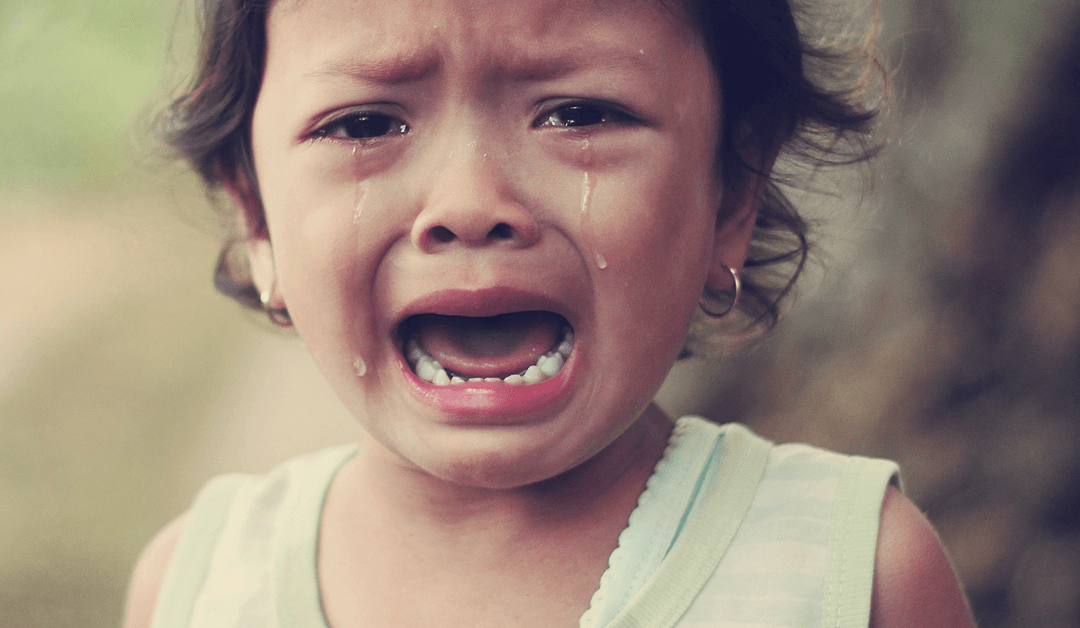More than one billion children worldwide live in places torn apart by war, forced migration, or terrorism. Children are especially vulnerable to the psychological effects of war, including post-traumatic stress disorder (PTSD), panic, anxiety, and depression. War robs children of their need for physical and emotional safety and predictability, and has a deep impact on their development and the prevalence of psychological disturbances both immediately and later in life. Chronic illness and problems with the immune system may also arise due to the effect of trauma on children’s bodies. In addition to mental, emotional, and physical problems, childhood exposure to extreme conflict affects interpersonal, social, and neurological health.
The Psychological Impact of War
The psychological toll of war on children is immeasurable. Children may see their homes destroyed and lack adequate shelter, food, and medical care. Exposure to violence, loss of loved ones, and the constant threat of danger create a breeding ground for extreme trauma. The developing minds of children are particularly susceptible, and the impact can manifest in various ways, including failure to thrive, mood issues, nervousness, night terrors, and cognitive deficits.
PTSD is a prevalent outcome of exposure to war-related trauma. Children who witness or experience violence may develop PTSD, characterized by intrusive thoughts, deep fear, fragmented memory, dissociation, irritability and anger outbursts, flashbacks, and hyperarousal. The incessant replay of traumatic events disrupts normal cognitive functioning and hampers the child’s ability to form healthy coping mechanisms.
Effects on Physical Health
War disrupts the basic infrastructure required for a healthy life. Children in conflict zones often face food shortages, inadequate or no medical care, and lack access to proper nutrition. Malnutrition becomes a pervasive issue, affecting physical development, immune function, and overall well-being.
The physical dangers of war are not limited to adults. Children are frequently caught in the crossfire, sustaining injuries that can lead to permanent disabilities. Loss of limbs, burns, organ failure, and other physical trauma not only compromise immediate health but also create long-term challenges for rehabilitation and societal integration.
The Societal Impact of War
War often forces families to flee their homes in search of safety. The displacement disrupts many aspects of their lives including the social fabric that is crucial for a child’s development. Loss of community, separation from friends, death of family members, and the instability of life as a refugee contribute to a sense of isolation and disconnection.
Educational systems are often damaged or destroyed by armed conflict. War disrupts not only the physical spaces of learning but also the psychological readiness for education. Children may face interrupted schooling, a lack of resources, and a diminished capacity to focus due to the constant stress of living in conflict. This not only hampers their current education but also jeopardizes their future prospects.
How the Brain Responds to War
The developing brain is highly sensitive to external stimuli, and exposure to chronic stress can impede healthy neurological development. The prolonged activation of the stress response system can alter the structure and function of the brain, affecting areas responsible for memory, emotion regulation, and cognitive processing.
Studies indicate that children exposed to war and trauma may experience long-term changes in brain function. The altered neurobiology can contribute to difficulties in concentration, impulse control, and emotional regulation. These neurological changes can persist into adulthood, shaping the individual’s cognitive and emotional responses to future stressors.
Solutions and Protective Factors
Children who have experienced the horrors of war can be helped by the presence of supportive, emotionally regulated caregivers such as parents, other adult family members, or teachers. Reuniting families, restoring infrastructure, and providing resources are top priorities. Children and their families should be screened for trauma and provided with appropriate mental health care. Support for the parents is essential, especially since the behavior of traumatized children can be difficult to manage.
One of the most researched and highly effective forms of trauma treatment is EMDR (Eye Movement Desensitization Reprocessing) Therapy. Through a series of bilateral eye, tactile, or auditory movements, EMDR Therapy reprocesses the distressing event, and negative cognitions associated with traumatic memories, slows down the overstimulated amygdala, and calms the nervous system.
The effects of war, trauma, and PTSD on children are profound and multifaceted, permeating every aspect of their lives. Understanding the interconnectedness of mental, physical, social, and neurological health is crucial for developing comprehensive interventions to support the well-being of war-affected children. As a global community, it is imperative to prioritize the protection and rehabilitation of these young minds, offering them the chance to rebuild their lives and contribute positively to a more peaceful future. Only through concerted efforts in education, mental health support, and socio-economic rebuilding can we hope to break the cycle of generational trauma and pave the way for a brighter, more resilient future for our children and ourselves.
Photo by Arwan Sutanto

